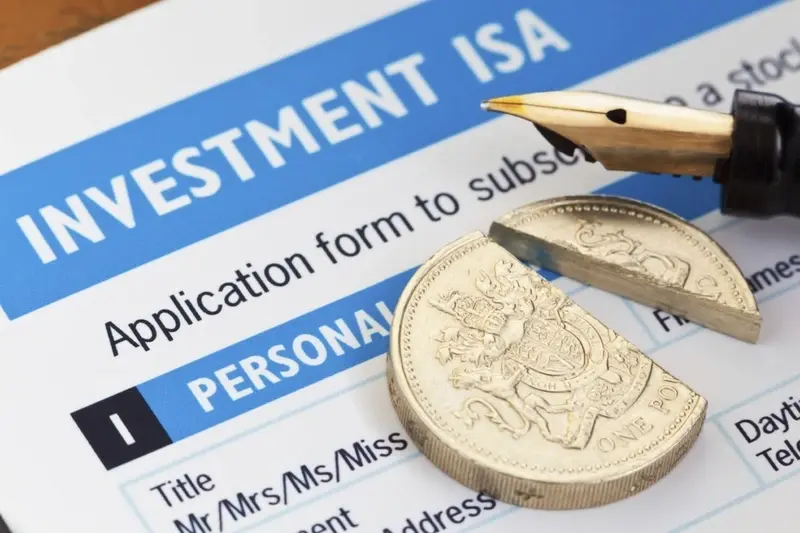
If you’re relatively new to long-term savings, or investing as it is often called, then you need to get to know your ISAs. These Individual Savings Accounts are tax-efficient wrappers into which you can drop cash savings or a selection of shares or funds.
Under current rules you can invest up to £20,000 in the 2018/19 tax year (which runs until early April 2019) under your main ISA allowance using a mix of di?erent types. Each has its own rules including limits, investment vehicles and access.
Regular ISAs
An ISA is a tax-wrapper, through which you can invest in cash, stocks, shares funds or a mixture of the lot. You don’t pay UK tax on interest earned on cash, or on income or capital gains derived from funds or other investments in a stocks and shares ISA.
Nor do you have to include these accounts on a self-assessment form. There are no general restrictions on when you can withdraw funds, but special terms may apply for individual providers - for example with fixed-rate cash ISAs.
Lifetime ISAs
You can put up to £4,000 a year into a Lifetime ISA and receive a 25% government-funded bonus, but you must be under 40 when you start. You can contribute until your 50th birthday. The funds can be used to help buy your first home or save for retirement and there are investment and cash options.
If you withdraw funds before the age of 60, and are not buying your first home, there will be a withdrawal charge equivalent to 25% of the amount you withdraw, unless you are terminally ill.
Help to Buy ISAs
These cash accounts are for first-time home buyers, but you can only open a new one until November 2019. You can save up to £200 a month, and an extra £1,000 in the first month.
The government adds a 25% bonus, up to a maximum of £3,000, in addition to any interest earned. There are no age restrictions on starting, but you will lose the bonus if you use the savings for other purposes.
Innovative Finance ISAs
This ISA allows investment in peer-to-peer lenders or crowdfunding activities. These may o?er attractive interest rates, but be aware that these higher-risk investments are not covered by the Financial Services Compensation Scheme.
Junior ISAs
Parents and others can save up to £4,260 tax free for a child, each year. Junior ISAs (JISAs) work in a similar way to regular ISAs, with cash and investment options available. The key di?erence is that the child cannot withdraw funds until their 18th birthday. At this point they can convert it into a regular ISA.
Contributions to JISAs are in addition to your main ISA allowance. It’s a great way to help the kids build up assets for the future, perhaps to fund their first home or pay tuition fees for college or university.
Finally, if you are in need of a few possible investment ideas, Shares can help. We write regularly about stock, funds and investment trusts and that means there’s a constant stream of ideas for you to consider.
In March we took an in-depth look at 10 funds that might be suitable for your ISA, and followed that feature up with a similar ideas-packed article focusing on investment trusts, all with different objectives and suitable for various risk appetites. Click through, both are free to read.




